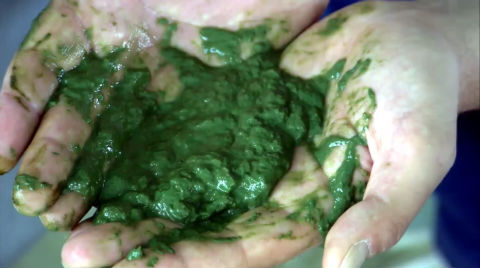So what is Spirulina?
 Its is an extract from Algae. It is available in various forms in the market such as powder, tablets, drinks, etc. If harvested correctly from non-contaminated ponds and bodies of water, it is one of the most potent nutrient sources available.
Its is an extract from Algae. It is available in various forms in the market such as powder, tablets, drinks, etc. If harvested correctly from non-contaminated ponds and bodies of water, it is one of the most potent nutrient sources available.
They occur naturally in tropical and subtropical lakes with high pH and high concentrations of carbonate and bicarbonate.
History :
In 1974, the World Health Organization described Spirulina as "an interesting food for multiple reasons, rich in iron and protein, and is able to be administered to children without any risk,"
Spirulina was a food source for the Aztecs and other Mesoamericans until the 16th century; the harvest from Lake Texcoco and subsequent sale as cakes were described by one of Cortés' soldiers. The Aztecs called it "tecuitlatl".
Nutrition :
Dried spirulina contains about 60% (51–71%) protein. Also Spirulina has a very high concentration of bio-available iron and is excellent during pregnancy and for those with anemia and will not cause constipation.
Health Benefits :
- Good for treating allergies and allergic reactions.
- Spirulina can increase fat burning during exercise.
- Very good anti oxidant, 4x more antioxidant than blue berry
- Very good for patients having radioactivity exposure or radiation therapy.
- Spirulina can bind with heavy metals in the body and help remove them.
- Useful in treating diabetes and high cholesterol


